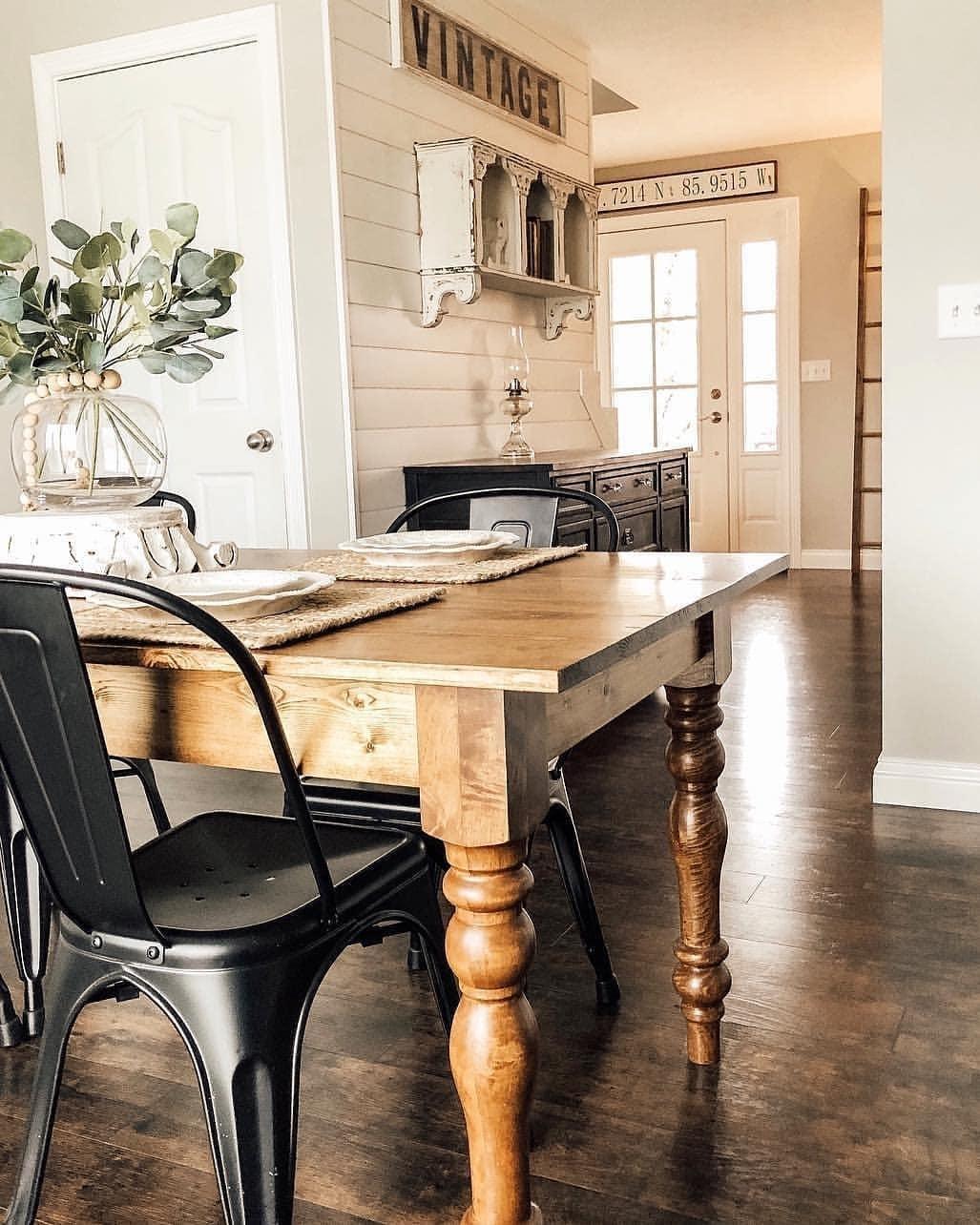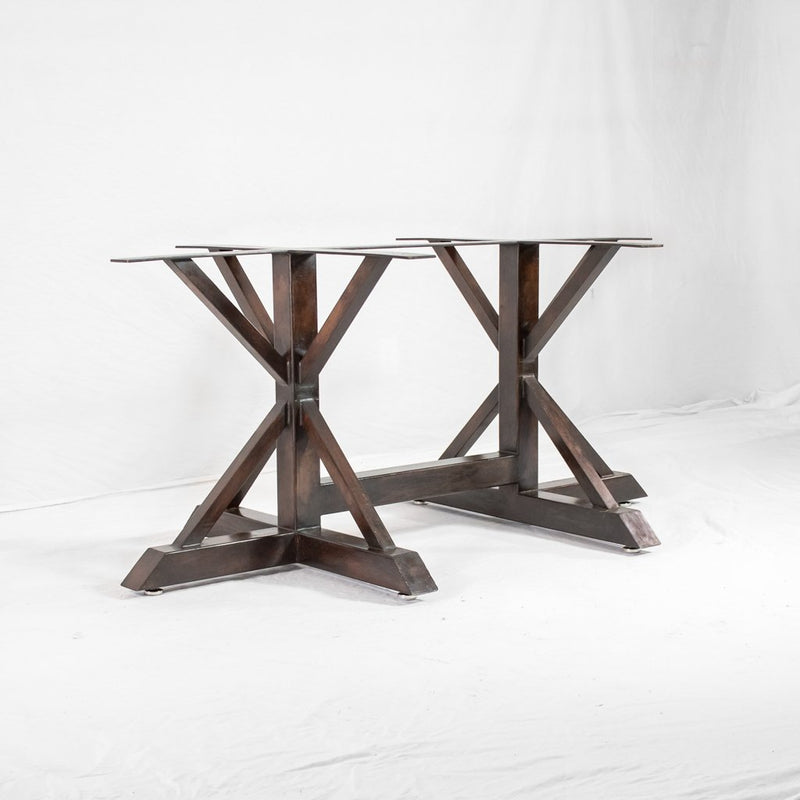From Conventional to Modern: Find the Suitable Eating Area Table Legs for Your Style
While timeless layouts such as cabriole and turned legs stimulate a feeling of classic class, contemporary designs like hairpin and geometric alternatives present a possibility for striking aesthetic passion. As you take into consideration these aspects, the question remains: just how can you effortlessly integrate these varied leg styles to develop an unified eating experience?
Comprehending Table Leg Styles
The selection of dining-room table leg designs can significantly influence both the visual appeals and capability of the room. Each leg style adds special functional attributes and aesthetic aspects, dealing with diverse style preferences and usage needs. Understanding these designs is crucial for choosing the appropriate table that straightens with your total interior decoration vision.
For circumstances, conical legs provide a tidy, classic appearance that can boost a room's elegance, while stand bases supply stability and take full advantage of legroom, making them perfect for smaller spaces. Hairpin legs, a trademark of mid-century contemporary layout, present an industrial panache, permitting an airy, open feeling. In a similar way, trestle legs evoke rustic beauty, providing durable support and a sense of timelessness.
Moreover, the choice of products plays a considerable duty. Wood legs can bring heat and appearance, whereas steel choices often share a smooth, contemporary vibe. Inevitably, understanding table leg designs is crucial for developing a natural eating location that reflects personal style while making certain functionality and comfort. By attentively considering these components, you can improve both the visual and practical allure of your dining area.
Traditional Table Leg Options
When picking dining area table legs, traditional options typically embody timeless beauty and craftsmanship. These styles mirror a rich heritage and a commitment to quality, making them perfect for those that value classic visual appeals.
Among the most legendary standard leg designs is the cabriole leg, characterized by its elegant curved shape. This style frequently features attractive makings and is most commonly found in Queen Anne and Chippendale furnishings. Another popular choice is the turned leg, which boasts a series of smooth, rounded forms that supply a classic appearance while keeping security.
In addition, the straight leg, while simple, provides a basic and strong structure that can mix seamlessly with a range of tabletop designs. For those drawn to ornate describing, claw-and-ball feet legs evoke a sense of majesty and can work as a magnificent focal factor in any kind of dining room.
Lastly, stand bases, although not strictly legs, offer an alternative typical alternative that enables ample legroom and can be magnificently carved. Each of these standard leg designs adds to the general setting of a dining-room, weding feature with visual allure.

Modern Table Leg Styles
Modern table leg layouts provide a diverse variety of styles that highlight innovative products and tidy lines. These designs commonly focus on performance while serving as striking prime focus within an eating room. Minimalist looks prevail, with legs crafted from materials such as steel, glass, and crafted timber, which add to a modern and airy feel.
One prominent layout is the barrette leg, identified by its slender, conical structure that supplies stability without frustrating the table top (dining room table legs). This design is commonly found in mid-century modern furnishings and can easily enhance various table shapes. An additional fad is using geometric shapes, where legs may take on asymmetrical or angular types, adding aesthetic passion and a touch of artistry

Blending Styles for One-of-a-kind Spaces
Frequently, home owners seek to develop distinct dining areas that show their individual style by mixing various layout components. This approach permits the incorporation of diverse looks, leading to a harmonious yet distinctive setting. As an example, pairing a rustic wood table with sleek, modern-day steel legs can create a distinctive contrast that raises the area's general appeal.
Additionally, integrating vintage table legs with modern table tops can stimulate a feeling of history while preserving a modern-day perceptiveness. Such combinations not only display specific preference but likewise encourage creativity, allowing homeowners to curate a room that feels both personal and welcoming.
Color plays a crucial function in this blending procedure; selecting table legs that complement or contrast with the existing color pattern can improve visual visite site passion. For instance, whitewashed legs can soften the daring of a dark table surface, producing a well balanced aesthetic.
Tips for Picking the Right Legs
Picking the right table legs is important for achieving both functionality and aesthetic charm in your eating space. Begin by taking into consideration the overall style of your room. Standard settings take advantage of legs that include complex makings or turned layouts, while modern rooms may ask for sleek, minimalist designs.
Following, analyze the height and security of the legs. dining room table legs. Basic dining tables vary in between 28 to 30 inches in height, so make sure the legs complement this measurement for convenience. In addition, durable materials, such as wood or steel, can improve security and longevity
Evaluate the leg shape also-- choices include straight, tapered, or pedestal styles. Straight legs offer a classic look, while conical legs can include a touch of elegance. Pedestal bases supply ample legroom and are perfect for smaller spaces.
Conclusion
In recap, selecting the optimal dining-room table legs requires mindful factor to consider of both contemporary and standard styles. Typical choices such as cabriole and transformed legs supply timeless sophistication, while modern styles like barrette and geometric shapes provide a contemporary touch. By integrating leg design, height, and product with the overall design, a natural and welcoming environment can be achieved. Eventually, the selected table legs should reflect the preferred aesthetic, improving the dining experience within the area.
The variety of eating that site area table leg styles can significantly affect both the looks and capability of the room. Eventually, understanding table leg designs is important for creating a cohesive dining location that shows individual style while making sure functionality and convenience.One of the most legendary traditional leg styles is the cabriole leg, defined by its stylish curved form. Straight legs offer a traditional appearance, while tapered legs can include a touch of elegance.In recap, choosing the ideal dining area table legs calls for cautious consideration of both typical and modern designs.